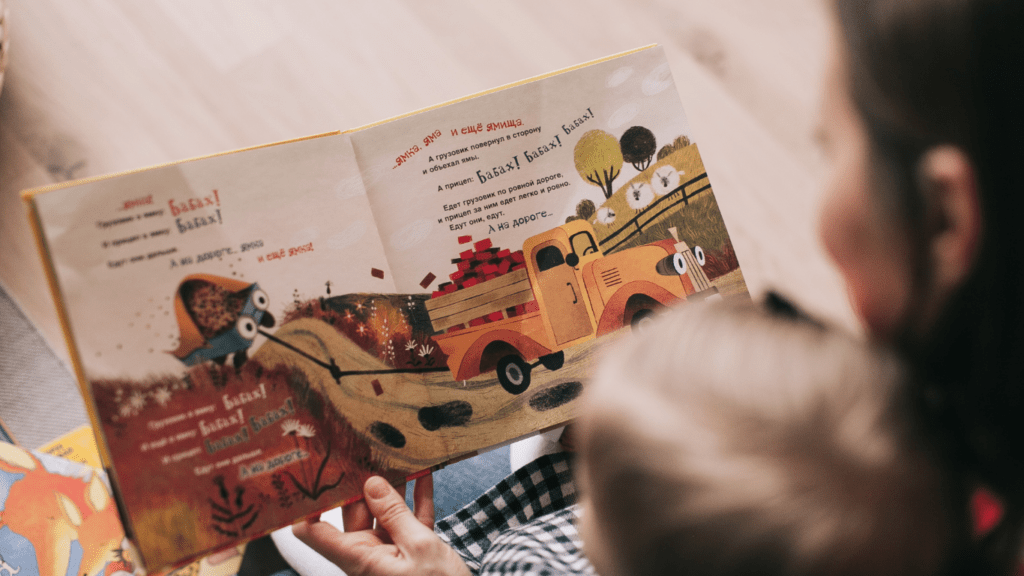Nail the Basics First
SEO can feel like a black box. But for artist websites, it starts with thinking like the people who collect your work. Curators, interior designers, and casual collectors aren’t searching for “cool art.” They’re typing in things like “minimalist oil landscapes” or “ceramic vases with earthy tones.” Your keywords need to reflect that level of intent. Popular doesn’t mean relevant specific wins.
Once you have solid keywords, bake them into your title tags, meta descriptions, and alt text for every image. These are small details most artists skip, but they matter. Google reads this data to understand what your site is about and whether to show it when someone searches.
Don’t stop there. Set up Google Search Console. It’s free, and it shows how people find you, what keywords are working, and what’s broken on your site. Submit your sitemap to help Google index your pages faster. It’s basic hygiene but it’s the kind of hygiene that helps your work get seen.
Create Content That Speaks Artist
One of the easiest ways to get discovered online is to simply talk about your work. Not in vague poetic terms, but in grounded, practical language that someone might search for. Blog posts are your secret weapon use them to break down your creative process, highlight specific pieces, or explore the ideas behind a new series.
Be smart about the topics. Instead of titling a post “New Work,” go for something like “Bronze Wall Sculptures for Modern Interiors” or “How I Cast Abstract Figures from Recycled Metal.” These are the kinds of phrases collectors, curators, and design pros are likely plugging into Google.
Structure matters, too. Use clear, simple headers (H1s, H2s), short paragraphs, and descriptive titles. Bulleted lists and numbered steps are easy to scan, which keeps readers on the page longer and that’s good for SEO.
And don’t overthink it. You don’t need to post every week, but when you do, make it count. Show your creative voice through your words as much as your work.
Related guide: SEO for Sculptors
Don’t Forget Mobile & Speed

If people are landing on your site, odds are they’re doing it from a phone. That means it needs to load fast and look crisp no stalling, no weird formatting glitches. Mobile first isn’t optional anymore. It’s the minimum if you want to keep visitors from bouncing before your work even loads.
Start with the basics: shrink your images. Use compression tools like TinyPNG or Squoosh to cut file sizes without turning your art into pixel soup. Big files slow down your site, especially on mobile data. You don’t need to sacrifice quality just be efficient.
Next, run your site through Google’s PageSpeed Insights. It’ll flag what’s burning time, from bloated code to sluggish hosting. Fixing those issues won’t just make your site faster it could bump your search ranking too. Fast matters, on every level.
Build Authority Over Time
Google respects authority and so do potential buyers. For artist websites, that means getting your name and work featured off your site as well as on it. Start by building backlinks from places that already matter in your world: gallery websites, online interviews, community blogs, and art directories. If a trusted outlet links to your art site, search engines are more likely to trust you, too.
If you sell locally, your Google Business Profile can quietly become one of your best tools. Keep it updated with photos, accurate hours, and your website link. Ask happy buyers or clients to leave honest reviews. Those blurbs help with local rankings and real people read them.
Finally, don’t undervalue testimonials and press features. A simple quote from a collector or a screenshot from a media mention adds weight especially when placed near your work. These small, trust building elements are key. They tell both search engines and site visitors: this artist shows up and delivers.
Turn Traffic Into Collectors
Getting people to your site is just the start. Now it’s time to convert. First, cut the fluff on your portfolio and shop pages. Use clear, direct copy that tells visitors what they’re looking at and what to do next “View Collection,” “Add to Cart,” “Commission a Piece.” This isn’t the place for wordy artist statements. Action matters more than poetry here.
Navigation? Keep it stupid simple. If someone has to guess where to click, you’ve already lost them. Your site menu should have no more than a handful of choices. Group things logically art, shop, about, contact. Make sure every page has a way of getting somewhere else fast.
And don’t bury the good stuff. Contact forms should be obvious. Pricing should be easy to find or at least clearly explained. Got a newsletter? Give people a reason to sign up and make the form quick and painless. Clear site layouts don’t just look better. They work harder.
In short: guide the visitor gently, but deliberately. Every step should lead somewhere useful ideally, toward a sale or deeper connection.
Use SEO to Stand Out, Not Just Show Up
SEO isn’t just about stuffing keywords into your site it’s about showing off who you are and what makes your art different. If someone Googles your name, your medium, or a theme you explore constantly, your work should come up. Think of your personality, process, and portfolio as unique keywords. Use them in your content. If you sculpt brutalist forms in recycled metal, say that. Repeatedly.
Consistency matters. Posting a blog once every six months won’t cut it. Search engines (and people) reward artists who show up regularly. That could mean updating a project page, adding behind the scenes posts, or sharing new collections with some context. It all helps tell a richer story and gets indexed over time.
For more strategies tailored to creatives, check out this guide: SEO for Sculptors.

 Karen Parker is a vital member of the Sculpture Creation Tips team, where her profound love for the art of sculpting is evident in every piece she works on. With years of experience and a deep understanding of various sculpting techniques, Karen has become a trusted mentor to both beginners and seasoned artists alike. Her dedication to the craft is matched only by her passion for teaching, as she creates detailed, easy-to-follow tutorials that help others bring their artistic visions to life. Karen's expertise spans a wide range of materials and styles, allowing her to offer invaluable insights that cater to a diverse audience. Whether through her hands-on guidance or her thoughtful advice, Karen's contributions are instrumental in nurturing a vibrant and supportive community of sculptors, all united by a shared love for this timeless art form.
Karen Parker is a vital member of the Sculpture Creation Tips team, where her profound love for the art of sculpting is evident in every piece she works on. With years of experience and a deep understanding of various sculpting techniques, Karen has become a trusted mentor to both beginners and seasoned artists alike. Her dedication to the craft is matched only by her passion for teaching, as she creates detailed, easy-to-follow tutorials that help others bring their artistic visions to life. Karen's expertise spans a wide range of materials and styles, allowing her to offer invaluable insights that cater to a diverse audience. Whether through her hands-on guidance or her thoughtful advice, Karen's contributions are instrumental in nurturing a vibrant and supportive community of sculptors, all united by a shared love for this timeless art form.
